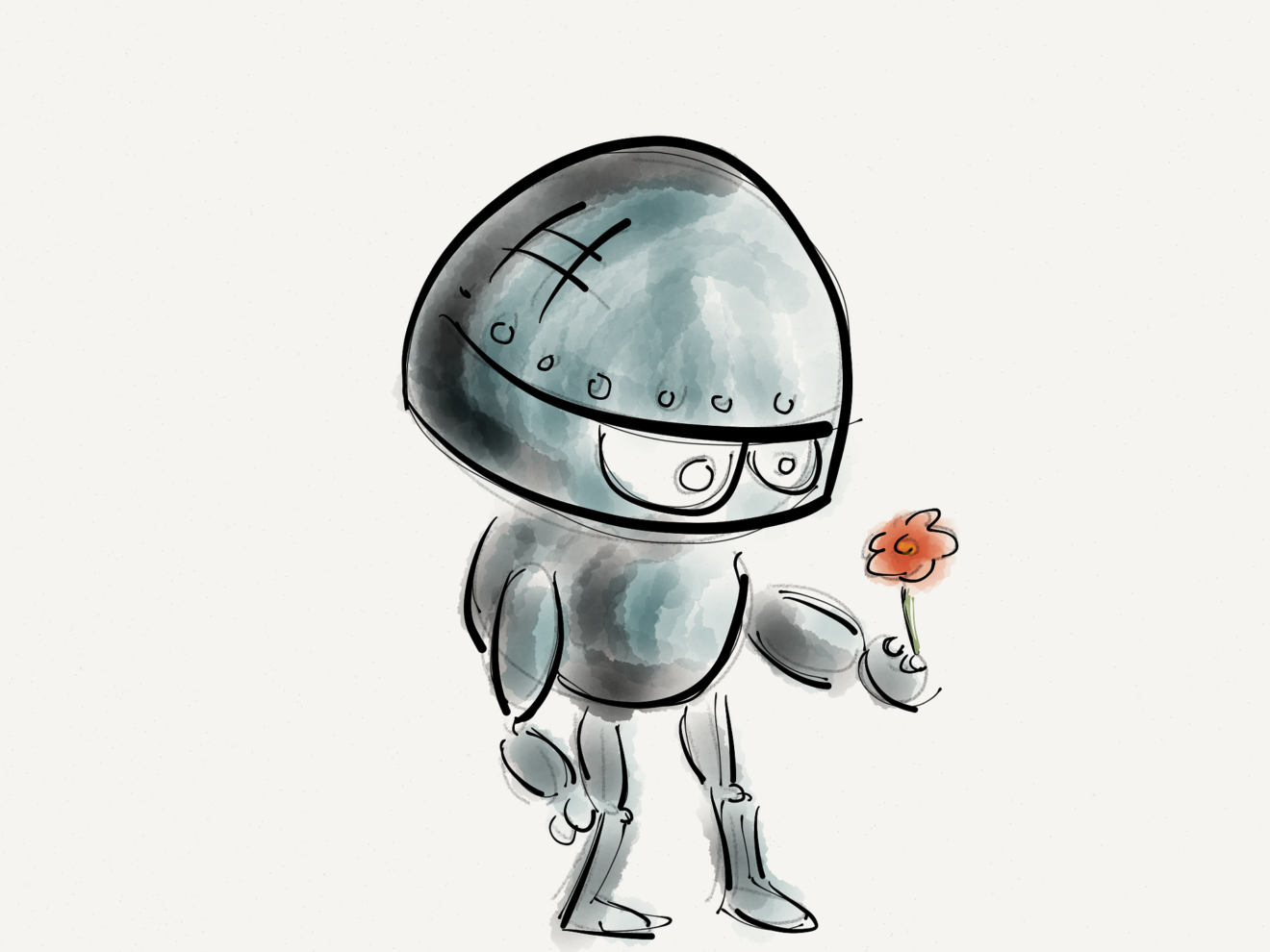In the heart of Silicon Valley, the tech Mecca of the world, is John Gill Elementary School, a STEAM-focused Title 1 school where more than half the students are English language learners (ELLs) and most are on the free and reduced lunch program. Our school is piloting a new computer science initiative where, starting in kindergarten, students move through a progression of tools that help them learn computer-programing skills.
The goal is to provide these students with a plethora of STEM resources to give them a strong foundation in computer science and keep them within the Silicon Valley community. Although we’re early in our pilot, we also want our students to learn a lot more than computer skills. They’re learning to collaborate and are developing strong social-emotional learning and problem-solving skills, too.
‘It’s Not Just About the Robot’
We don’t know what jobs today’s children are going to have when they become adults, and we don’t know what the workforce of the future is going to look like. However, we do know that technology is going to have a huge impact, and it’s only going to develop more over time. According to research conducted by Marina Umaschi Bers at Tufts University, the more exposure children have to how computers, coding, and robotics work, the more prepared they will be in the future.
When parents express concerns about their child spending a lot of time with technology, we tell them, “It’s not about the robot” or any device. It’s about what they’re doing with the device to show their understanding. For example, can a student recognize patterns? Are they working together and communicating with others to solve problems? These are the skills that help students develop a strong foundation of computational thinking.
Machines that Make Kids More Human
While children are developing these computational thinking skills, simultaneously they are working on their social-emotional development. I remember a specific example of a student who significantly grew socially through the use of robotics. We were introducing a wooden robot to a class of kindergarten students, and a boy and a girl were working together. The boy pulled the robot away from the girl and said, “This is mine!” He then started a game of tug-of-war with his partner.
Flash-forward two months: I went back and visited the classroom, and the same boy was working with another group of children, a mix of boys and girls. At one point, he stopped, held the robot out, and said, “It’s your turn now.” I thought, “There we go. That’s what we’re hoping to see.” Not only are students learning about computer programming, but they’re also learning social skills—like sharing and working with others—that will serve them just as importantly in the future.
Hokey-Pokey and SEL
When working with robotics, I also see students develop basic problem-solving skills, which contribute to building their social-emotional intelligence. Do they hit a place in the task where they feel frustrated or they feel like it’s not working the way they want it to? Are they showing the perseverance and the grit to try to overcome that obstacle on their own? Those are the things we’re curious to watch for.
For example, our kindergarten teachers did a hokey-pokey lesson using robotics; it introduced students to the basics of robotics and coding. In the lesson sequence, we danced the hokey-pokey as a class, singing the song together. Then, we split students up into pairs, and asked them to code the robot to dance to their own version of the hokey-pokey.
What we noticed was that, as pairs struggled to code the movement they wanted to see, they had to communicate with one another and collaborate on different ideas. We often found students showing each other how to adjust the robot’s barcode reader to scan in the correct block, or to redo a scan if the robot didn’t perform the dance correctly. While some students struggled with sharing during the lesson, we also saw that their collaboration and working together improved over time.
I never tire of seeing a child discover something new about his or her world. The screams of excitement I hear after students successfully code a robot to carry out a command will never get old. As we continue our pilot process, we’ve been seeing glimpses of SEL development, which shows that our students can develop soft skills alongside computer science skills and become active and engaged residents of 21st-century Silicon Valley.
Bryan Flaig is the math and science professional development teacher for the Redwood City School District in Redwood City, CA. Students at John Gill Elementary use KIBO by KinderLab Robotics to work on coding, robotics, and developing soft skills. Follow Bryan on Twitter @TheFlaig.
Tech Tips is a weekly column in SmartBrief on EdTech. Have a tech tip to share? Contact us at [email protected]
____________________________________
Like this article? Sign up for SmartBrief on EdTech to get news like this in your inbox, or check out all of SmartBrief’s education newsletters , covering career and technical education, educational leadership, math education and more.
